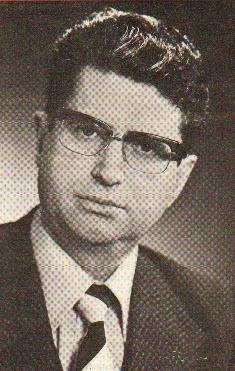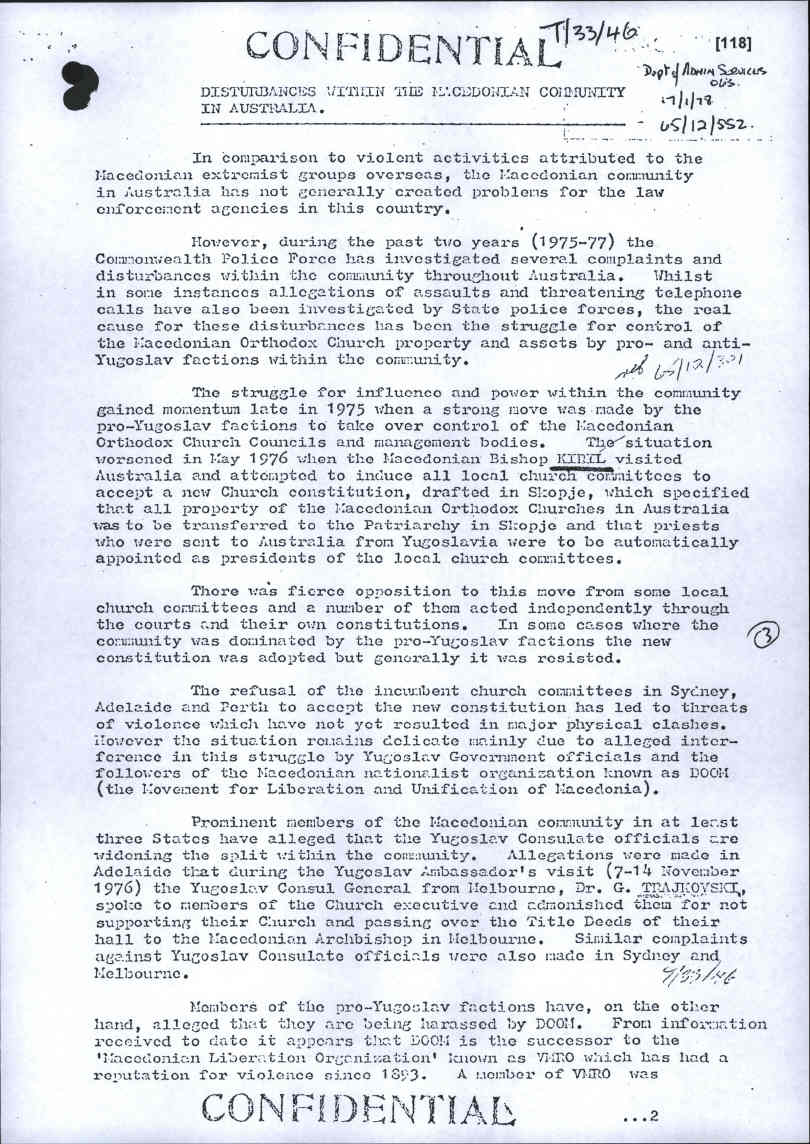————————
The Canberra Times picks up the story – link
—————————————
Team Uzunov report:
EX-DEPUTY AUSTRALIAN PRIME MINISTER & DOOM ! – The Swedish connection !
How an ex-Australian Prime Minister Lance Barnard (1972-74) took an interest in DOOM (Movement for the Liberation and Unification of Macedonia – Dvizenje za Osloboduvanje i Obedinuvanje Makedonija)
During Australian-Macedonian DOOM member Don Dimov’s trip to the then West Germany for a DOOM conference in 1977 and later Sweden to meet local activist Mile Ilievski… ASIO was monitoring the trip…in fact the Australian Ambassador to Sweden, Norway & Finland at the time Lance Barnard was paying close attention, alerting Canberra of the trip…
ASIO and the Swedish Security Police were exchanging information. Mr Olof Franstedt of the Swedish police passed on information to Ambassador Barnard about DImov and his travelling companions. It was noted that they had travelled through Paris, France and FRG – Federal Republic of Germany (West Germany) before arriving in Gothenburg, Sweden.
Barnard pictured (above on the left) with Australian Prime Minister Gough Whitlam (1972-75) whose foreign policy was pro-Belgrade and pro-Tito at the time…Barnard was Whitlam’s deputy.





